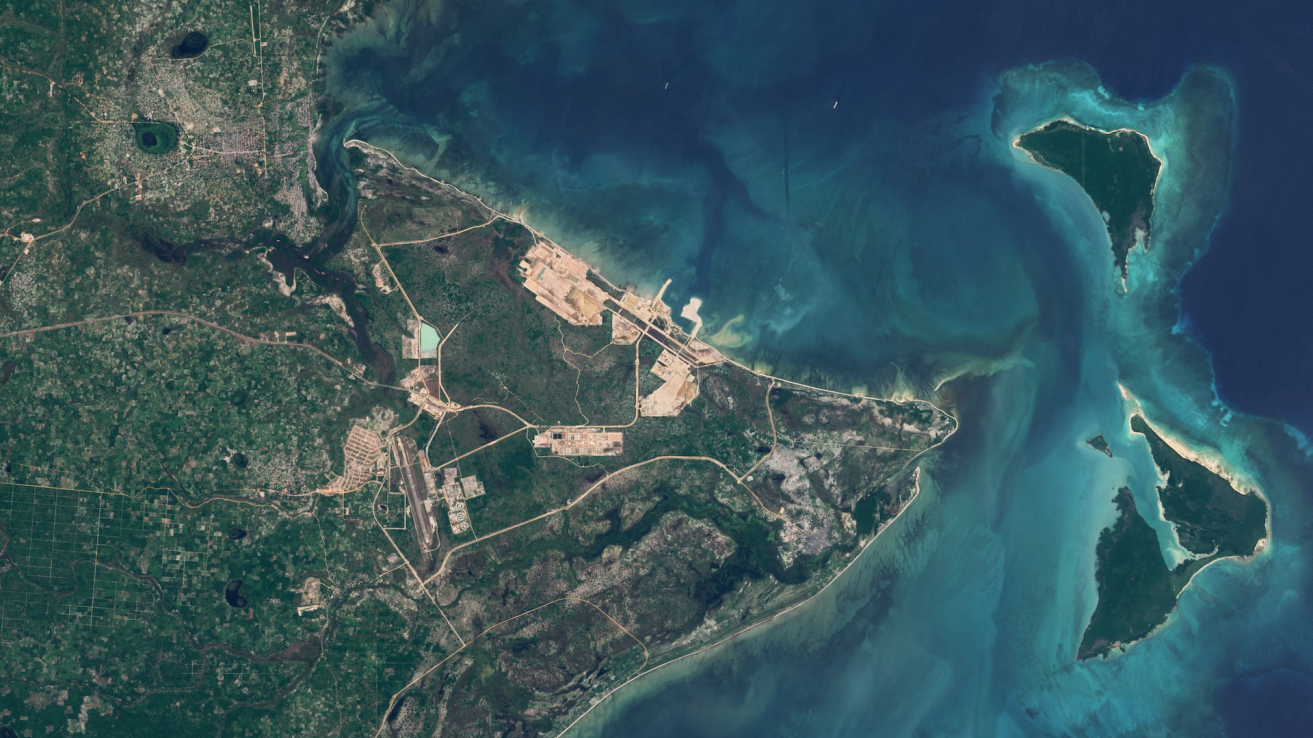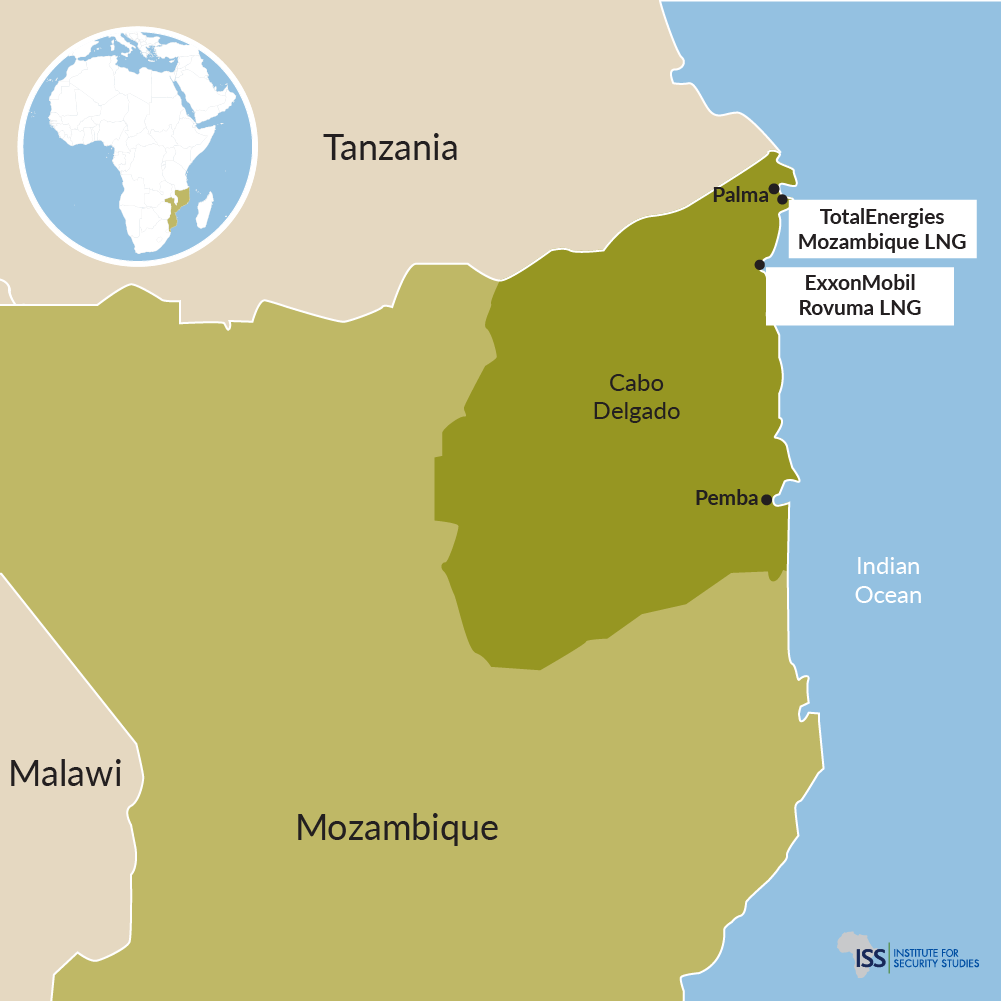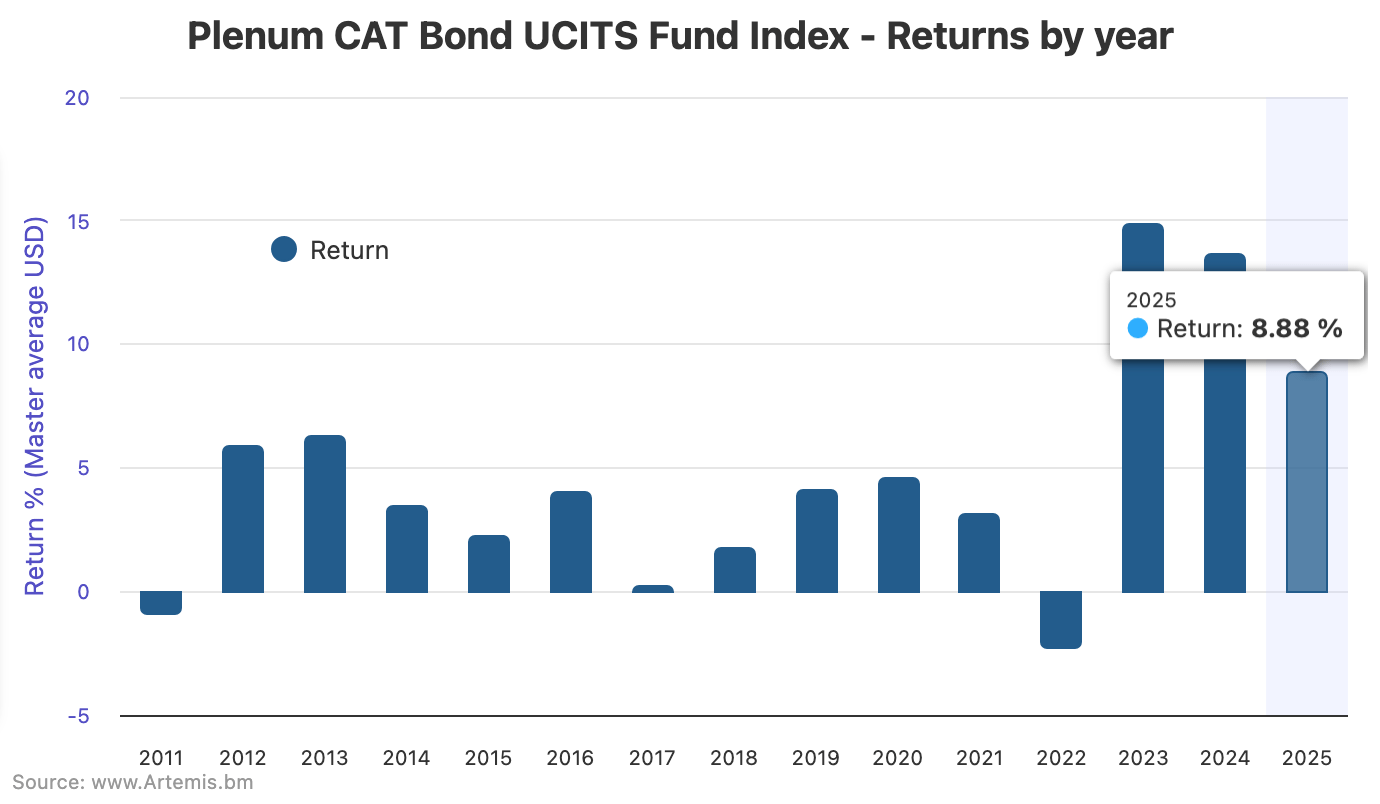Author: admin
-

Moto G Stylus 5G (2024) becomes a budget shopper’s dream at only $179.99
Looking for an ultra-affordable phone with decent performance and a gorgeous display? You’d also appreciate it if the phone came with its own stylus inside the… -
Eleven dead after refugee boat sinks off Malaysian coast – RADIO PAKISTAN
- Eleven dead after refugee boat sinks off Malaysian coast RADIO PAKISTAN
- Seven migrants die as boat sinks near Thai border Dawn
- Eleven dead, hundreds missing after refugee boat sinks off Malaysian coast Al Jazeera
- Boat with Rohingya migrants sinks…
Continue Reading
-

Dietician shares 5 foods to add to diet for boosting metabolism naturally: Quinoa, Greek yoghurt and more
Updated on: Nov 10, 2025 02:39 pm IST
Certain dietary additions improve your metabolism, helping you to burn the calories more, rather than storing them as fat.
Continue Reading
-
Syrian president to meet with Trump in White House after unlikely ascent – The Washington Post
- Syrian president to meet with Trump in White House after unlikely ascent The Washington Post
- Syrian president arrives in US for landmark visit Dawn
- Syria’s al-Sharaa arrives in US for official visit Al Jazeera
- Syria’s Sharaa arrives in US for…
Continue Reading
-

Terrorism takes its toll on Mozambique’s gas revenue
Terrorism takes its toll on Mozambique’s gas revenue
TotalEnergies’ return to Cabo Delgado will cost an extra US$4.5 billion – reflecting the price of terrorism and poor resource governance.
Published on 10 November 2025 in
ISS TodayBy
The decision by TotalEnergies to lift the force majeure on its Mozambique liquified natural gas (LNG) project marks the long-awaited restart of gas operations in Cabo Delgado. But the project’s four-and-a-half-year suspension due to the ongoing insurgency has added an extra US$4.5 billion to the costs. Terrorism has plagued the region since 2017, a few years after the discovery of its vast gas reserves.
Chief Executive Officer Patrick Pouyanné communicated the company’s position to Mozambique’s President Daniel Chapo in a letter dated 24 October 2025. TotalEnergies insists these costs be recognised as part of the investment, which would significantly reduce the project’s profits and the country’s tax income. The letter does not say how the US$4.5 billion was spent while the project was halted.
This could be the first of many bills related to the insurgency that Mozambique has to cover. The government has not yet reached an agreement with TotalEnergies regarding the additional costs; Chapo says negotiations between the two parties will now start.
What is clear is that gas exploration has become more expensive since the terrorism outbreak. Until the government finds a sustainable solution to the conflict, the risk of rising costs will remain high. Companies operating in conflict environments incur increased security expenses for their assets and staff, which are recorded as investment costs and are deductible from both revenues and taxes payable to the government.
Until a sustainable solution to the conflict is found, the risk of rising security costs will remain high While there is no consensus on what exactly started the insurgency, the violence is linked to the discovery and beginning of gas exploration projects in Cabo Delgado. Several studies show that local communities did not benefit from job opportunities due to a lack of professional skills demanded by the projects.
At the same time, the government expropriated community land to allocate to gas companies. Communities’ access to the sea for fishing was also restricted, cutting off their primary sources of livelihood in what are predominantly rural and fishing areas. These factors contributed to the radicalisation of local populations, who later joined the terror groups.
Furthermore, instead of addressing the insurgency’s root causes and aggravating factors, the government deployed military and police contingents and hired foreign private military companies to counter the violence. The authorities should have addressed poverty, inequality, lack of access to the benefits of natural resources by local populations, and ethno-religious disputes, among other issues.
In many cases, residents were harassed or abused by the security forces, accused of collaborating with the insurgents, who themselves are mainly local. Rather than containing the instability, this approach added fuel to the fire, leading to the spread of intensified attacks to more areas.
After successive years of failed government responses, in March 2024 insurgents attacked the town of Palma, located about 10 km from the LNG site operated by TotalEnergies. The attack forced the declaration of force majeure and the suspension of the plant’s construction activities.
Two LNG sites, Cabo Delgado, Mozambique

The government is now a victim of its own decisions. When the conflict began in the resource-rich area, the state proceeded with gas exploration projects, creating mechanisms to protect corporate assets while disregarding the needs of nearby communities. This US$4.5 billion bill is the price Mozambique must pay for poor resource governance and for prioritising the protection of its resources over its people.
After TotalEnergies’ withdrawal, the government relied on foreign troops from Rwanda and the Southern African Development Community (SADC) to try to contain the violence. Still, it took almost five years for TotalEnergies to resume construction on the plant.
In addition to the steep extra costs, the company is demanding a 10-year extension of its exploration and production contract in the Rovuma Basin to compensate for the period of suspension.
Mozambique has shown little enthusiasm for the conditions imposed by TotalEnergies to restart the project, as they would entail significant revenue losses for the state. And extending the concession period by 10 years means Mozambique would have to wait much longer before the project is transferred to its ownership.
The gas exploration contract between the government and TotalEnergies follows a BOOT model – build, own, operate, transfer. This means that at the end of the concession period, the asset reverts to the state, or a new contract must be negotiated for an extension, subject to additional payments by the operator.
As long as the conflict endures, the projects will remain under threat – as will the state’s gas revenue Although an agreement has yet to be reached between the parties, it appears likely that TotalEnergies will soon resume work on the project. However, violent conflict in the region persists. TotalEnergies is therefore expected to operate in a ‘green zone’ model – isolated from local communities – offering even fewer benefits to the surrounding population. This may fuel frustration among locals, further feeding the insurgency.
Another gas project, Rovuma LNG operated by ExxonMobil, is preparing to announce its final investment decision, estimated at around US$30 billion. Like the TotalEnergies project, this is an onshore venture that will likely face similar security challenges.
Although the insurgents currently show little capacity to directly attack the gas facilities, as long as the conflict endures, the projects will remain under threat – and so will government gas revenue.
To maximise gas gains for the state and extend their benefits to local communities, Mozambique’s government must adopt alternative conflict-resolution approaches beyond the military route, which has proven ineffective on its own. Investing in programmes that prevent and counter violent extremism and promote dialogue are key steps towards sustainable peace.
Exclusive rights to re-publish ISS Today articles have been given to Daily Maverick in South Africa and Premium Times in Nigeria. For media based outside South Africa and Nigeria that want to re-publish articles, or for queries about our re-publishing policy, email us.
Continue Reading
-

George Condo Is Now Represented by Sprüth Magers and Skarstedt
Galleries Sprüth Magers and Skarstedt have announced that they will be taking on joint representation of artist George Condo. The deal means that Condo will no longer be represented by Hauser & Wirth, which first started working with the…
Continue Reading
-

The Sky Today on Monday, November 10: The Moon and Jupiter
The Moon mingles with Jupiter in Gemini before dawn, and asteroid Papagena reaches opposition in Cetus.
The Moon and Jupiter are both in Gemini,…
Continue Reading
-

Northeast Normal University/Changchun University of Science and Technology Team Develops POM-Based Supramolecular Assemblies to Break Through the Bottleneck of High-Efficiency Fuel Cells
Recently, a collaborative team led by Professors Liu Bailin, Li Yangguang, and Zang Hongying from Northeast Normal University and Changchun University of Science and Technology published significant research findings in the international top…
Continue Reading
-

Catastrophe bond UCITS fund returns accelerate to 8.88% after October
Catastrophe bond investment funds in the UCITS format have continued to deliver strong returns for their investors through October, with the average 2025 year-to-date return for these cat bond funds running at 8.88% by the end of that month, according to the latest data from the Plenum CAT Bond UCITS Fund Indices.
Previously, the UCITS cat bond fund sector was running at an average return of 7.25% for the year to September 26th.Since, then UCITS cat bond funds have on average added 1.51% in returns through the period to October 31st, a very strong few weeks of performance for the asset class.
Performance has been driven by coupons and spread developments in the catastrophe bond market, with some cat bond funds seeing near record monthly performance during the last two months.
Reviewing monthly performance for 2025 year-to-date, the Plenum CAT Bond UCITS Fund Indices delivered a 0.40% return for January, 0.32% for February, 0.56% for March, 0.28% for April, 0.52% for May, 0.58% for June, 1.09% for July, 1.34% for August and 1.38% for September up to the 26th.
Now, the latest data for the Plenum CAT Bond UCITS Fund Indices shows that from September 26th through to the end of October 2025 saw the average return across the group of UCITS catastrophe bond funds reach 1.51%, as the run-rate of returns continues to be strong.
The year-to-date average return of 8.88%, as of October 31st, demonstrates the continued attractiveness of the catastrophe bond asset class, while some funds have fared better and are nearing double-digits at this stage of the year, we understand.
For the full-year 2025, double-digits remains in sight for this index of UCITS catastrophe bond fund performance.
Without doubt, unless there is a major loss event then 2025 will be the third strongest year for the index in its history, by quite a margin.
For the period of September 26th through October 31st, lower-risk cat bond funds fared slightly better at 1.53%, while the higher-risk cat bond funds averaged a 1.49% return.
Year-to-date, higher risk UCITS cat bond funds averaged 8.94% while the lower-risk cohort averaged 8.90%.
On a rolling twelve month return basis, the average for the index stands at 11%, while for lower-risk cat bond funds it is 10.56% and higher-risk 11.42%.
These levels of performance remain very attractive historically for the catastrophe bond asset class and are more than adequate to continue driving investor interest.
Given the recent softening of pricing, across reinsurance in general and in the pricing of recent catastrophe bond issues though, it is hard to envisage double-digit returns being sustained on the rolling twelve-month basis for too much longer and that metric may revert to single digits in 2026 it currently seems.
Analyse UCITS cat bond fund performance, using the Plenum CAT Bond UCITS Fund Indices.
Analyse UCITS catastrophe bond fund assets under management using our charts here.
Analyse catastrophe bond market yields over time using this chart.
Continue Reading
-

Grand Seiko November 2025 releases
Jason Lee
- Grand Seiko introduces two automatic GMTs, the SBGM255 “Snowdrop” and SBGM257 “Moondrop”; and two 9F quartz models, the SBGX265 and SBGX357 “Skyflake.”
- The Elegance…
Continue Reading
